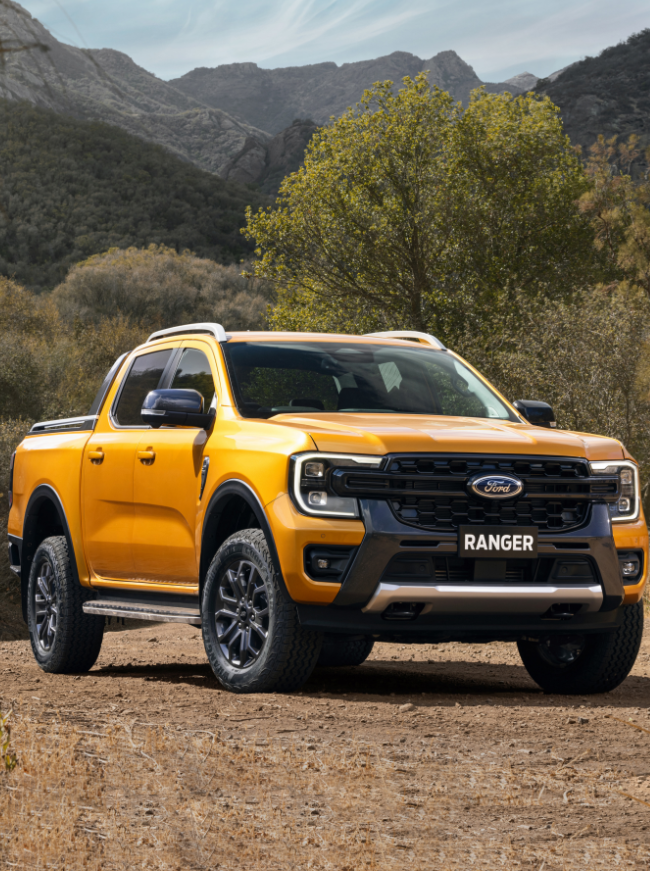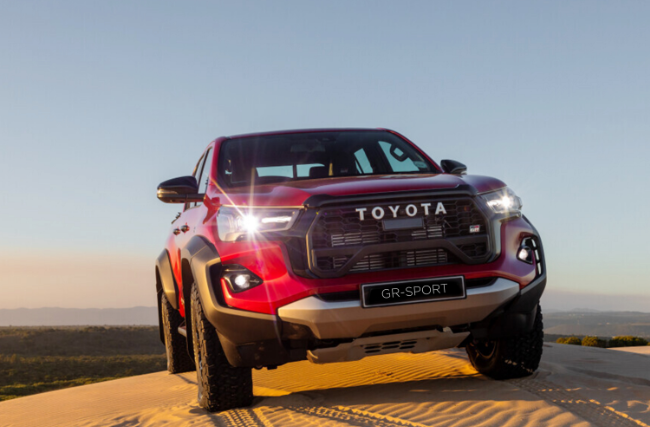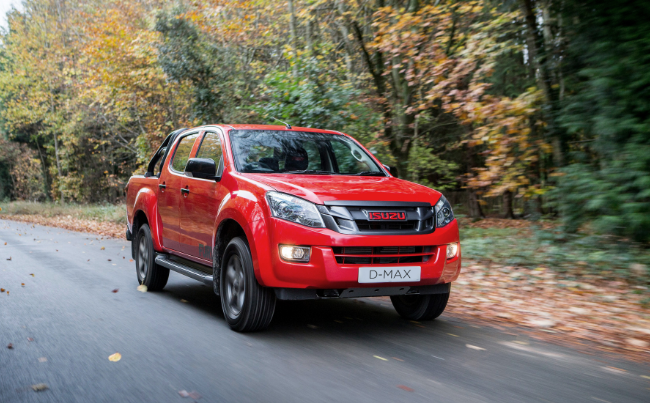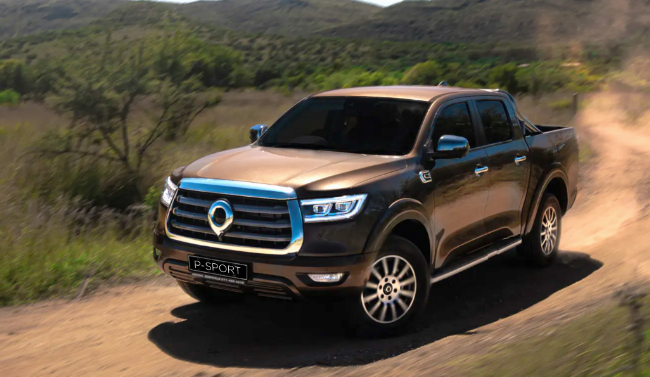Gone are the glory days for the Toyota Corolla, once the top-selling vehicle in SA. This is not to say Toyota itself is not still enjoying a healthy, happy position as a market leader. For the last 11 consecutive years, the Toyota Hilux has been the top-selling vehicle in SA and, judging by statistics released by Lightstone at the end of May 2024, the Japanese bakkie looks set to secure the title for the 12th year running.
The Corolla was once a symptom of market desire and, a couple of decades on, the Hilux represents the same feeling – just in a more muscular form. Over the past 20 years, there has been a seismic shift in vehicle segment popularity in SA. Sedans ruled the roads from the 1980s through to the early 2000s until the Volkswagen Polo stole the title.
The Polo spearheaded the short-lived era of the hatchback before Toyota took back the crown in 2010, but in a very different guise; a ladder frame chassis, a load bed and a lot more ground clearance than a hatchback or sedan.
The Hilux remains an SA icon, but over the past 14 years, the bakkie genre has grown. New rivals have arrived from China, and old stablemates have grown bigger, better, faster and stronger. The light commercial vehicle (LCV) segment is currently SA’s most fiercely contested motoring category, and while single- and extended-cab bakkies will always be popular as farming, work and fleet vehicles, the era of the double cab as a leisure vehicle is truly under way (also referred to as the ‘lifestyle bakkie’). Outside of their use as multipurpose vehicles, double-cab bakkies have become a statement vehicle in the contemporary SA market and a popular choice for families and affluent individuals, especially as more brands are introducing luxurious finishes and new technology into vehicles that were historically seen and used as workhorses.
Toyota and Ford continue to go head to head, while Isuzu retains and slowly grows its trusted following, and Volkswagen and Nissan service their niches. Brands such as Mahindra and GWM are grabbing more market share, while others – JAC Motors, LDV and Foton, for example – are making an impression. In short, there’s a lot going on.
Ford Ranger
Ford is a good place to start. Since the US manufacturer launched its next-generation Ranger at the beginning of 2022, it has provided the most variable and exciting range of double-cab bakkies from a single manufacturer.
As of May 2024, the Silverton-produced Ford Ranger double cab had outsold its Hilux counterpart by more than 2 000 units for the year so far. This can be attributed to Ford really upping the game when it comes to the luxury lifestyle element of the bakkie. The next-gen Ranger (along with the new Volkswagen Amarok, with which it shares a platform and engine) offers arguably the most comfortable driving experience of the current crop of bakkies, while the interior and infotainment systems – again with the Amarok – have set the standard in the segment.
A big pull factor for prospective buyers is the extensive range of double cabs that Ford currently offers. While its XLT 4×4 is the pick of the lot when it comes to pricepoint meeting utility, the Wildtrak X and Ranger Tremor are built specifically for off-road enthusiasts. The standard Wildtrak is an appealing choice for design-oriented customers, while also offering a V6 option. The Ranger Platinum, launched in 2024, is the most luxurious of the family, with fine finishes and a host of creature comforts coupled with a V6 engine.
Toyota Hilux
Well, obviously it will be hard for any brand to usurp the Toyota Hilux – currently in its eighth generation – as SA’s most popular overall bakkie. Toyota acquired this brand loyalty by producing immensely reliable vehicles that have proven their longevity and retained a very good second-hand value. But, while simplicity has worked for the manufacturer for many years (the Hilux last received a full update in 2016), the new generation is only expected to be released in 2026. Ten years is a long time, and it’s remarkable that the Hilux has managed to maintain such a big share of the market despite introducing only minor facelifts over the past few years.
The highly anticipated Hilux GR-S III finally hit the market in mid-2024, featuring a refreshed design, suspension and wide-body kit, and shortly afterwards Toyota launched a Mild-Hybrid 48 Volt package for a number of the Hilux derivatives. Outside of the new releases, the Hilux Legend RS GD-6 4×4 remains a highly sought-after vehicle, and in many ways a statement purchase for a large part of the SA motoring community.
The Hilux is showing its age, though, with a dated digital display and interior, the retention of the same diesel engines and limited variability compared to its direct rival, Ford. However, come 2026, the next generation should be unveiled, and perhaps the all-new Toyota Hilux double cab will prove the gold standard of the lifestyle bakkie again.
Isuzu D-Max
The Isuzu D-Max consistently occupies third place on the podium behind the Hilux and Ranger. Despite being well known and actually well liked for its agricultural qualities, Isuzu has done a lot recently to refresh the D-Max and allow it to compete as a lifestyle bakkie. The latest generation offers a variety of 4×4 and 4×2 options, with well-thought-out and -designed interiors and imposing exterior design.
The D-Max V-Cross/AT tops Isuzu’s extensive list of regular double-cab options, while the historically conservative Japanese automakers ventured to add some variation by bringing back the popular D-Max X-Rider (first released in 2017) and introducing a new Arctic Trucks collaboration, the D-Max AT35. It would be a stretch to call the latter, with its 35-inch all-terrain tyres, a lifestyle vehicle, but it is an impressive addition to the D-Max’s double-cab lineup. SA only received the new D-Max due to the impact of COVID-19, so while it currently still feels fairly fresh, another update is expected soon.
GWM P-Series
Great Wall Motors (GWM) introduced the P-Series to SA markets in 2020, and since then the Chinese manufacturer’s bakkie has been steadily growing in popularity. GWM was one of the first Chinese manufacturers, after JAC Motors, to signal interest in the exponentially popular bakkie segment in SA.
While it entered local markets a few years after the JAC T6, the P-Series has been more favourably received by a SA consumer base that tends to be wary of manufacturers without a strong history locally.
The P-Series has proven to be a reliable purchase. Given the extra features and advanced technology offered at a significantly lower price point than more established manufacturers, the marque is expected to make further inroads. The added features extend from luxuries inside the cabin to the advanced off-roading modifications and equipment that come standard in the range-topping LTD model. The P-Series also ticks the box with variability, offering several different trim levels, engine options and added features.
The new P500 model is expected in SA in 2024 and sits just above the existing P-Series. While local specification has not yet been revealed, the flagship model in Australia gives customers an idea of what to expect – a 14.6-inch touchscreen, 12.3-inch digital instrument cluster, a 10-speaker premium audio system, as well as wireless smartphone charging and front seats with heating, ventilation and massage functions.
Volkswagen Amarok
The Amarok could be called an American dressed up as a German, given the platform sharing with Ford. While the Amarok has been less popular than the Ranger among South Africans, perhaps for being perceived to be less ‘rugged’, the new Amarok benefits from Ford’s extensive experience in bakkie development, presenting a similarly capable and robust vehicle, with the elegance and design cues characteristic of Volkswagen. Well-finished, luxurious interiors and the same advanced drivetrain as the Ranger makes the Amarok an appealing option.
Volkswagen offers eight different double-cab variants, with the 3.0-litre V6 Aventura model topping the range.
LDV T60 and JAC Motors T9
Although the P-Series is the only Chinese-produced model to have gained significant trust in the LCV segment in SA, more and more Chinese-manufactured bakkies are emerging, aiming to undercut the established automakers by offering an advanced techno- logy suite, fashionable design and capability at a far lower price.
These new vehicles can only be properly assessed after a few years on the market, but two new entries that have already impressed are the LDV T60 – the company’s maiden product in SA – and JAC Motors’ T9 bakkie, with the latter being described by CAR Magazine as the ‘best bakkie to come out of China right now’.
Doubts about the durability of these Chinese models should be put to rest by the comprehensive service plans and warranties on offer.












